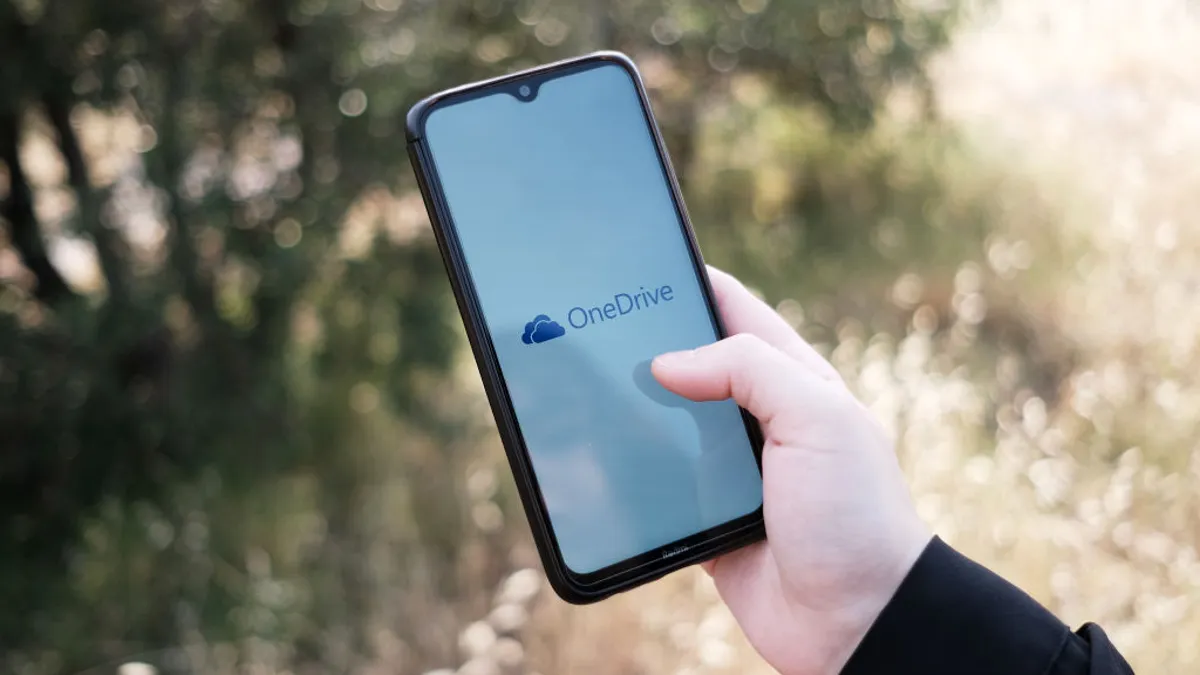Scientists have made a groundbreaking discovery in AI technology that allows them to decipher the text of ancient Roman scrolls that were previously hidden by the eruption of Mount Vesuvius.
ZDNET In Depth Exploring the 20-Year Quest to Decipher the Herculaneum Scrolls, Carbonized by a Major Volcanic Event Two Millennia Ago - Now Readable for the First Time
The Rediscovery of the Herculaneum Scrolls: Unveiling Ancient Knowledge with AI and Tomography 📚🔍

When a historic volcanic eruption buried Herculaneum’s villa under layers of ash, it not only preserved the Roman epicurean philosopher’s writings but also sparked an international effort to uncover its secrets. Thanks to artificial intelligence (AI) and computed tomography (CT) scans, a team of tech-savvy sleuths recently deciphered at least one scroll. The scrolls contain fascinating insights into ancient Roman life, including thought-provoking observations on food and abundance.
The Vesuvius Challenge, launched by researchers from the University of Kentucky, offered a $700,000 prize to the team that could use CT scans and machine learning software to read the Herculaneum scrolls without physically touching them. The winning team, consisting of students Youssef Nader, Luke Farritor, and Julian Schilliger, submitted 15 columns of text. Their findings shed light on the connection between scarcity or abundance of goods and human pleasure.
Q&A: 👇
Q: How were the ancient Herculaneum scrolls preserved? A: The volcanic eruption of Mount Vesuvius buried the city of Herculaneum in ash, which carbonized the scrolls and protected them from decay.
Q: What was the significance of the Vesuvius Challenge? A: The Vesuvius Challenge offered an opportunity for tech enthusiasts worldwide to utilize AI and CT scans to decipher the Herculaneum scrolls. The winners, Nader, Farritor, and Schilliger, were able to read and interpret portions of the scrolls.
Q: What did the Herculaneum scrolls reveal about Roman life? A: The scrolls contained a range of topics, including observations on food and its relationship to pleasure. These insights provide valuable knowledge about ancient Roman culture and beliefs.
Q: How did AI and CT scans contribute to deciphering the scrolls? A: AI algorithms and CT scans helped to extract and interpret the hidden text on the carbonized scrolls. These advanced technologies enhanced the readability of the scrolls and enabled researchers to gain a deeper understanding of their contents.
History Unwrapped 🏺
The quest to decipher the Herculaneum scrolls began two decades ago when Brent Seales, a researcher from the University of Kentucky, was inspired to digitize ancient texts. With the help of AI and CT scan technology, Seales and his team embarked on a mission to virtually unwrap these ancient documents. The opportunity came in 2004 when they discovered the perfectly suited Herculaneum scrolls.
The city of Herculaneum, located near Pompeii, was buried under ash from the eruption of Mount Vesuvius. Excavations in the 1700s unearthed over 600 unopened scrolls from the villa that once belonged to Julius Caesar’s father-in-law. Chemical reactions from the volcanic ash preserved the scrolls, making them a valuable window into ancient literature.
Troubleshooting Challenges ⚙️
Undoubtedly, the path to unlocking the Herculaneum scrolls has been filled with technical hurdles. For instance, the segmentation of the scans, which involves separating layers of partially crushed papyrus, required innovative solutions. The use of ink made from carbonized soot exacerbated the challenge due to the lack of contrast. However, the team hypothesized that specialized machine learning models could identify the ink based on slight differences in grayscale.
After years of experimentation and refining their approach, the team succeeded in identifying and reading two characters deep within a scroll. This breakthrough propelled them forward and solidified their confidence in the potential of their technology.
The Software Solution 💻
While the scans of the scrolls constituted a significant milestone, the real challenge lay in processing and deciphering the data. The team developed the Volume Cartographer, an open-source software primarily created by project lead Seth Parker. This software maps the inner structure of the scrolls, allowing researchers to unravel the complex network of text. Through this innovative software, the “floating word soup” within the scrolls becomes more decipherable.
Beyond Ancient Texts 🌐
The impact of the Herculaneum project extends beyond the realm of historical preservation. The techniques and technologies developed to unravel these ancient scrolls hold promise for various industries. For example, dimensional imaging techniques utilized in the project may be applied to advance medical imaging, such as improving tumor detection in CT scans and MRIs. The possibilities are vast and show the potential for extracting hidden knowledge from a wide range of disciplines.
Looking Ahead 🔮
Even though progress has been made, the journey to decode the Herculaneum scrolls is far from over. The current goal is to read 90% of the scroll analyzed by Nader, Farritor, and Schilliger. The team remains committed to further exploration and discovery, as there is still a treasure trove of ancient texts waiting to be unlocked. As Luke Farritor fervently stated, “There’s no reason to slow down. Let’s read the entire library!”
The Herculaneum scrolls remind us of our shared humanity across the centuries. They contain timeless themes that continue to resonate with us today. By studying and preserving these texts, we not only honor the past but also gain valuable insights into our collective history.
Reference List 📚
- AI to Produce in the Next Decade and Beyond
- AI Breakthroughs That Left No Human Thing Unchanged
- Generative AI Filled Us with Wonder in 2023
- How Tech Professionals Can Survive and Thrive at Work in the Time of AI
- Can Generative AI Solve Computer Science’s Greatest Unsolved Problem?






